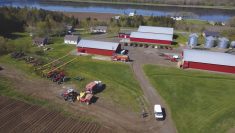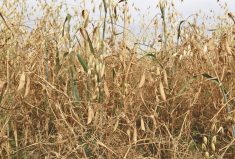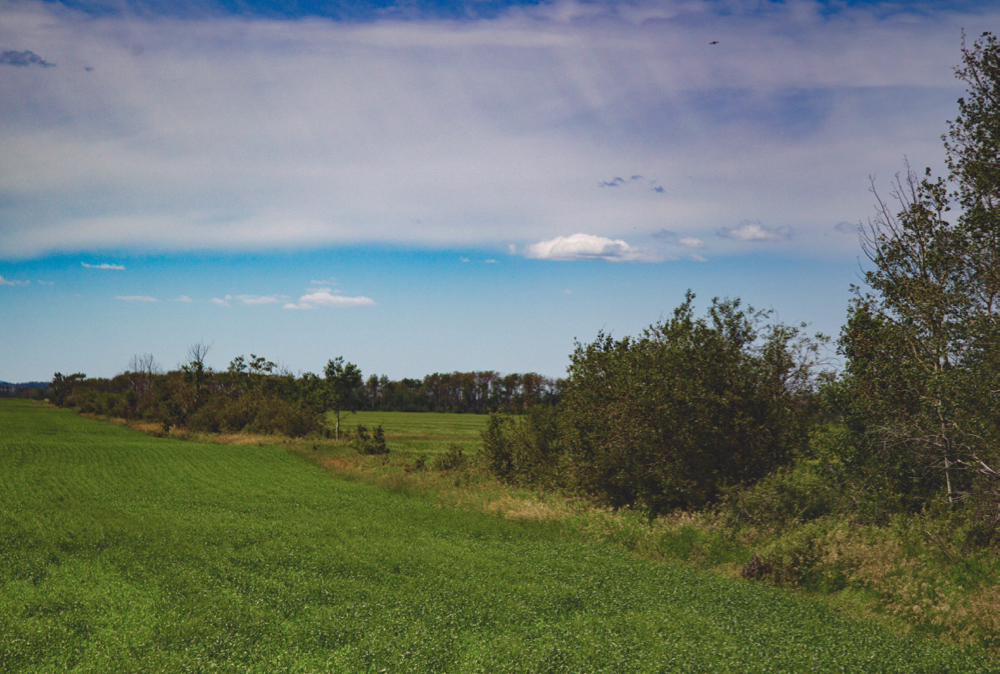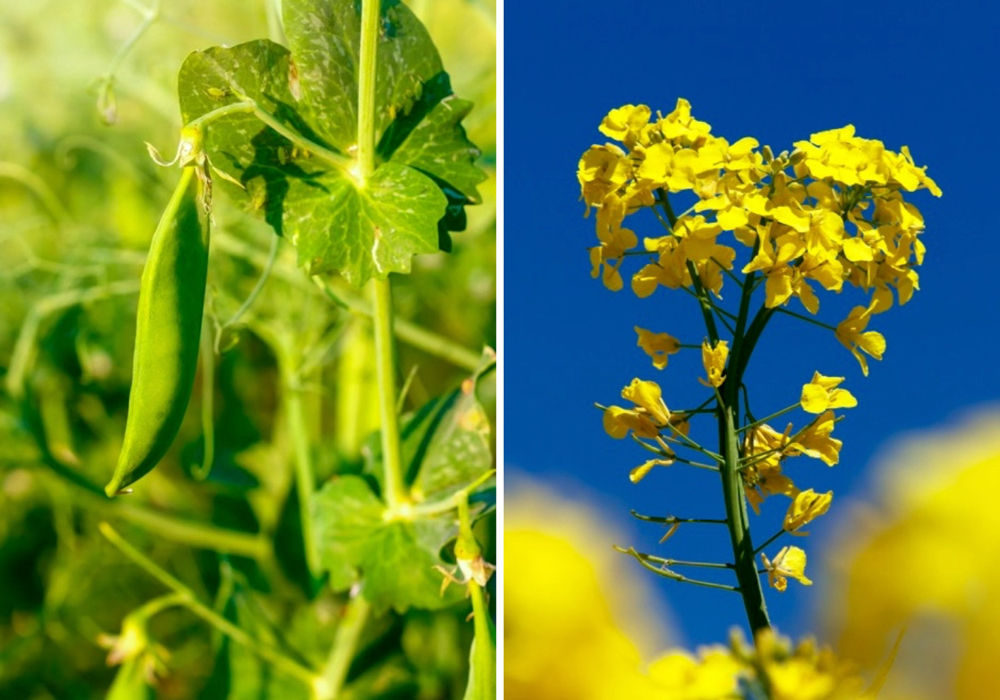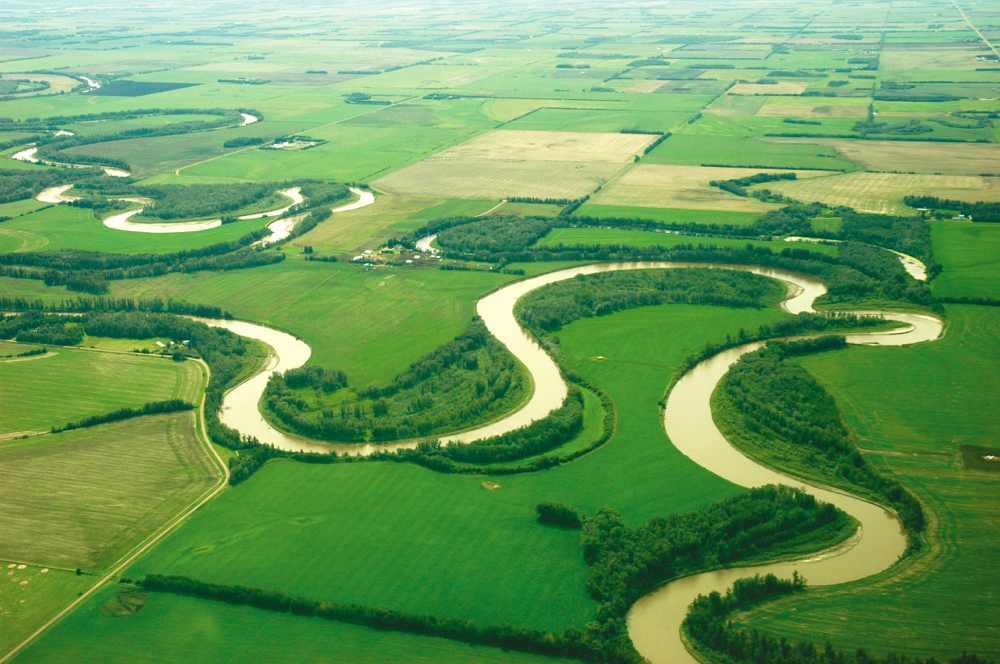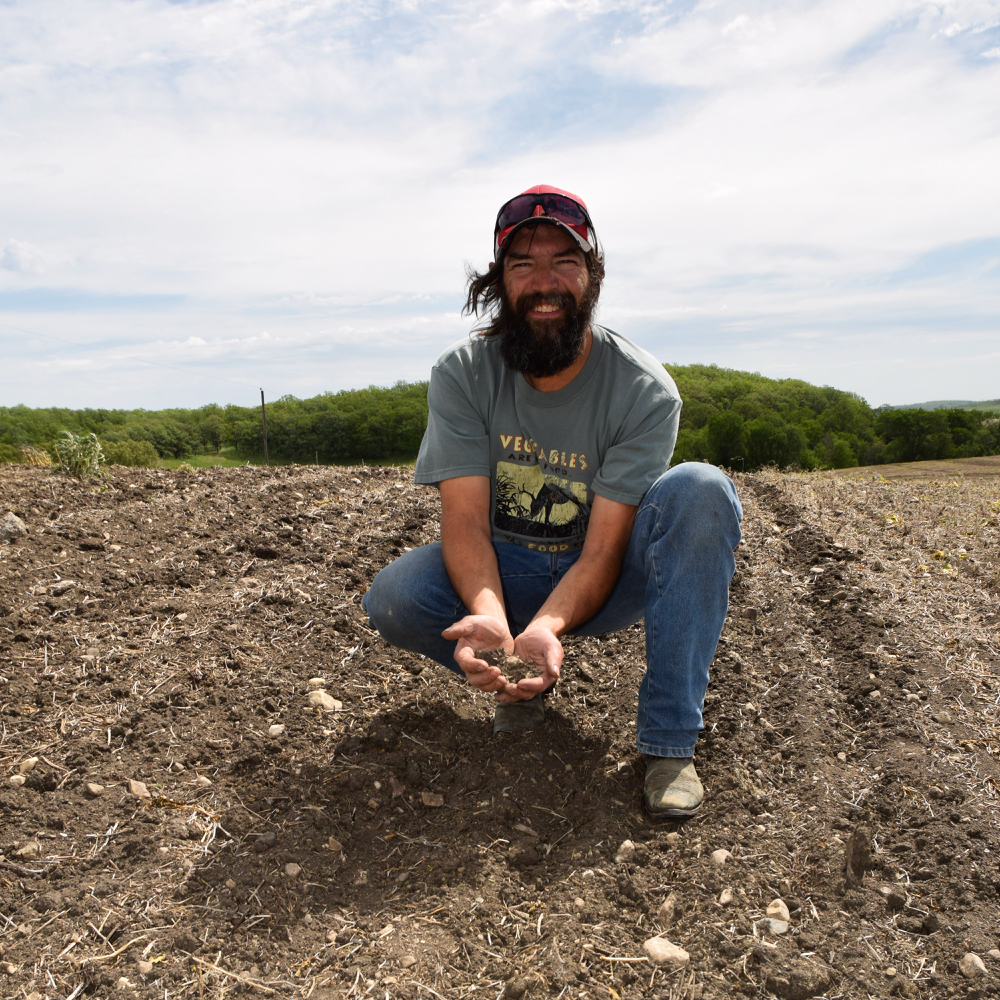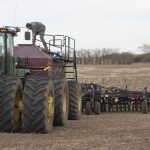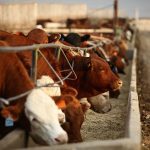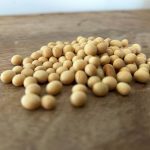Where some see an opportunity, others see only difficulties. Where some accept change and inevitability, others reject emerging trends and try to hold out against the onrushing wave.
Such is the reality of modern farming, where some embrace change, sometimes reluctantly, while others fight paradigm shifts with all their might.
During the course of the last 20 years, farmers in the livestock and dairy sectors have coped with traceability measures arriving on their farms. Nowadays, the concept is part of their business practice.
For cash croppers, that evolution has taken a little longer, but there are signs today of its creeping acceptance. From the 4R stewardship concept to pesticide grower training to production contracts for identity preserved (IP) soybeans or edible beans, each has some form of traceability or accountability tied to it.
Read Also

Could crop sharing be a viable option for your farm?
Crop sharing could be a good option for young and beginning farmers.
The next initiative in line is sustainability, thanks to a push these days that comes from end-users and retailers, even though the impact falls on farmers.
It’s been a relatively slow process from the early 2000s, when there was a focus on “corporate responsibility” that gradually started to morph towards a storyline based on social awareness.
Now we hear terms like “corporate social responsibility,” which fuel a marriage of sustainability with economic, environmental and social components.
According to Mike Buttenham, sustainability and environment co-ordinator with the Grain Farmers of Ontario (GFO), it was between 2010 and 2012 that the farm organization noticed sustainability was being driven down through the supply chain. However, it wasn’t coming from within North America.
“Europe is a huge sink for soybeans from around the globe, and a lot of that is derived from the South American region where the Amazon rainforest was once a prominent national feature,” says Buttenham. “A lot of times, deforestation was a way they were able to acquire farmland between Brazil, Argentina and Paraguay. A lot of the companies sourcing soybeans from that region were cautious about sourcing from regions that were deforested Amazon land.”
From there, the march towards sustainable farming took shape, and Buttenham calls that a catalyst in the movement. On a broader scale, it also encompasses commodities from outside of North America, such as palm oil and cocoa, and some higher-risk commodities. Issues such as child or forced labour have added to the cumulative list of influences that have changed the thinking of company executives, who are now trying to mitigate risk throughout their respective supply chains.
Within that framework, companies are folding together environmental and social concerns that might present a negative impact across society. Where it’s of particular interest is that it’s now in Canada, eclipsing European concerns surrounding IP soybeans and moving into corn and wheat.
“As sustainability and this corporate social responsibility have evolved, many of the companies have come out with public declarations about sourcing sustainable ingredients,” says Nicole MacKellar, manager of market development with the GFO.
“If you look at the large food and beverage companies, a lot have made public statements that by 2020, they want to source a large percentage of their ingredients from sustainable sources.”
What is ‘sustainable?’
Both MacKellar and Buttenham stress above all that companies are not trying to tell farmers how to operate their farms or work their land. They know that sustainability is a concept that depends on agronomy from a farmer’s perspective, and they are not about to show up at someone’s farm and tell them how much nitrogen to use on their corn crop.
At the same time, though, farmers are being asked to communicate how they’re managing soil erosion risks on the farm, or how they manage certain other aspects on their operations.
“Sometimes they just don’t understand how we actually farm, and that’s why it’s so important for growers to be part of these initiatives to provide that direct farm-level perspective,” says MacKellar. She adds that there have been open and transparent discussions between the GFO and end-users, and the end-use companies were both receptive and surprised at how crops are produced in Ontario.
There is also the issue of defining sustainability with many stakeholders insisting it only addresses the purely social and environmental aspects involved in farming. But there are also those — from outside of agriculture and a few from inside — who try to redefine the term as meaning “non-GMO” or “organic.” As an organization, the GFO wants to get people to detach from such rigidly drawn lines, because the organization represents all farmers, whether they’re growing GMO, non-GMO or organic crops.
MacKellar readily acknowledges the sustainability label can be leveraged to create marketing spin rather than relevant information. The use of the “Non-GMO Project Verified” label is one such instance where the truth is being obscured in the name of market share.
“We’ve been working with a number of global initiatives to try to navigate our way through all of this,” says MacKellar. “Unfortunately, it’s a confusing space and there’s a lot of information on it. We have a number of communications initiatives that are working on that, but we tend to be too humble, we tend to not want to get out there and share all of the great things that we’re doing.
“We do need to do a better job, and not just those of us in the organization but in the ag sector, in getting out there and telling our story.”
Buttenham adds that when they’re looking at sustainability, it’s not just specifically soil health or biodiversity, it’s that holistic approach of environmental aspects, of water and air quality, of soil health, and health and safety for workers, with all of it coming together under one banner.
Part of the solution
That’s part of the solution where sustainability is concerned, and it’s a double-sided opportunity. On one hand, the agri-food industry has done an inadequate job of conveying the realities of modern-day farming beyond the farmgate. Several groups have mandates aimed at sharing stories among farmers and industry stakeholders, but as many have stated, the bulk of the challenge is in communicating the reality of farming to consumers.
The primary message from the GFO (and other groups that were approached for this article but declined comment) is yes, sustainability is coming, and yes, it is an additional demand on farmers. But above all, it is not something to be feared. There are some very proactive and worthwhile guidelines and programs that are part of the farming landscape, but farmers need to do a better job of showcasing it beyond the agri-food sector.
“This is becoming that new cost of business and that new added level of transparency, where farmers are now being asked to say what they do, do what they say, and on top of that, they have to prove it,” says Buttenham.
“That’s just the added scrutiny that the industry is going through, and how things have evolved through the years. It’s changing, and there’s more being asked of a farmer today, to verify their practices, that they are taking measures to improve soil health, that they are taking measures to improve the biodiversity on their farm or to ensure employees have the proper training.”
Whether following such stewardship guidelines and ideals will create grower premiums is difficult to predict. For all of the talk about premiums and added value, the cash crop sector is closely tied to the Chicago Board of Trade, and food processors almost always build on the strength of a least-cost base of ingredients and operations.
As Buttenham states, this may just be the new cost of doing business.
MacKellar adds that there are some global initiatives in place, and one that the GFO is closely involved with is the Sustainable Agriculture Initiative (SAI) Platform, including a survey containing 112 questions of a farmer. In all, the questions cover social, environmental and economic aspects.
“But since it’s a global platform, there are a lot of questions that we are already in compliance with in Ontario, because we either have legislation in place or we have great tools in place,” says MacKellar. She cites nutrient management plans, environmental farm plans and GLASI (the Great Lakes Agricultural Stewardship Initiative) as examples.
“What we’re trying to do as an organization is take those tools that we already have that our farmers are utilizing, and benchmark them against this program,” McKellar says. “We can say, ‘Here in Ontario, we’re already doing a lot of good things.’”




